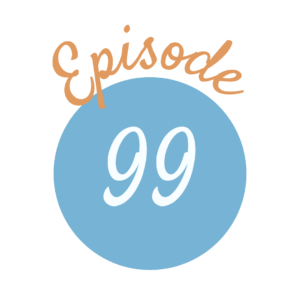
guidance for the mother with little art background herself.
“But any sketch of the history teaching in Forms V and VI in a given period depends upon a notice of the ‘literature’ set…and where it is possible, the architecture, painting, etc., which the period produced.” (Vol. 6, pp. 177-78)
“For taste is the very flower, the most delicate expression of individuality, in a person who has grown up amidst objects lovely and befitting, and has been exercised in the habit of discrimination. Here we get a hint as to what may and what may not be done by way of cultivating the aesthetic sense in young people. So far as possible, let their surroundings be brought together on a principle of natural selection, not at haphazard, and not in obedience to fashion. Bear in mind, and let them often hear discussed and see applied, the three or four general principles which fit all occasions of building, decorating, furnishing, dressing: the thing must be fit for its purpose, must harmonise with both the persons and the things about it; and, these points considered, must be as lovely as may be in form, texture, and colour; one point more––it is better to have too little than too much.” (Vol. 5, p. 232)
“It may not be possible to surround him with objects of art, nor is it necessary; but, certainly, he need not live amongst ugly and discordant objects; for a blank is always better than the wrong thing.” (Vol. 5, p. 232)
[By eleven children should give] “orderly descriptions of pictures and training in this must begin gradually some years before. By an ‘orderly’ description is meant one in which the principal objects and their positions are mentioned first, so that a listener who has never seen the picture gains a general idea of their arrangement. Then the details are given, not haphazard but on some given plan…Although there is no teaching of composition, work along these lines prepares the way for its appreciation later on.” (Picture Study, E.C. Plumptre, PNEU Pamplet)
“There is no talk about schools of painting, little about style; consideration of these matters comes in later life, but the first and most important thing is to know the pictures themselves. As in a worthy book we leave the author to tell his own tale, so do we trust a picture to tell its tale through the medium the artist gave it. In the region of art as else-where we shut out the middleman.” (Vol. 6, p. 213)
Modern Painters, John Ruskin
Art For Children series, Ernest Raboff
The Renaissance: A Short History, Paul Johnson
Story of Painting, H.W. Janson
Child’s History of Art, V.M. Hillyer (Rare, but in five volumes: Architecture 1, Architecture 2, Sculpture, Fine Art 1, Fine Art 2)
Emily’s Picture Study Portfolios
Picture Study, PNEU Pamphlet
Picture Talks, K. R. Hammond, Parents’ Review, Vol. 12, No. 7, pp. 501-509




Hi! As always, thank you so much for the work you do. I had a question about V.M Hillyer’s Child’s History of Art, I was able to find a copy of the one volume version, but is that different than the 5 individual books you linked to? (Or maybe it’s just a condensed version?).
Thanks!
The single volume is the original, and it’s our favorite. The separate volumes were revised and updated by Hillyer’s successor. They are a little less “Hillyer-esque” and geared for a bit higher level, like middle school.
I think it was in this episode you talked about using charcoal as well as brush drawing. I do not have any art training and see lots of different options for charcoal. What specifically do you recommend? Pencils? Sticks? Blenders? Is the kneaded eraser essential?
I found a set that includes compressed charcoal sticks, vine charcoals sticks, charcoal pencils, woodless charcoal pencils, blending stumps. ??? Help! 🙂 Thanks
Hi Kelsey,
For charcoal, I recommend starting with soft Vine Charcoal (not compressed or charcoal pencils, which function much more like a lead pencil than charcoal, making the student focus on lines instead of form and volume). You don’t need blending stumps–you can use fingers 🙂 But the kneaded eraser will help immensely as you can “clean” it by stretching and kneading it and charcoal produces voluminous amounts of dark black dust.
Emily
Wonderful, thank you so much!